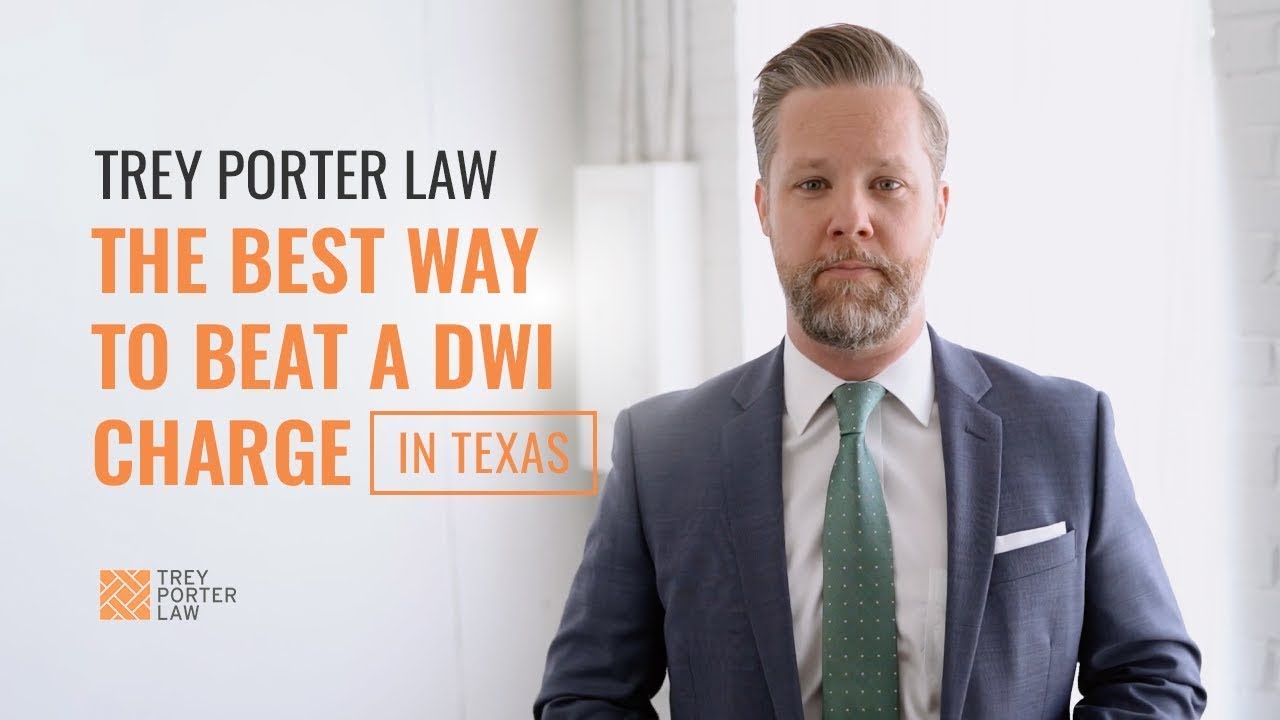How to Sue After a Car Accident
After a car accident, your mind is likely racing with questions and concerns. One of the most pressing questions may be whether or not to sue the other driver. Before making this decision, it’s important to understand your legal options and the process involved in filing a lawsuit.
How to Sue After a Car Accident
Here’s a step-by-step guide on how to sue after a car accident:
-
Gather evidence. The first step is to gather as much evidence as possible about the accident. This includes the other driver’s name, insurance information, and contact information. You should also take photos of the accident scene, your injuries, and any damage to your vehicle.
-
Get medical attention. Even if you don’t feel injured, it’s important to get medical attention as soon as possible after an accident. This will help to document your injuries and ensure that you receive the necessary treatment.
-
Contact a lawyer. Once you’ve gathered evidence and received medical attention, you should contact a lawyer to discuss your case. A lawyer can help you determine if you have a valid claim and can represent you in court if necessary.
-
File a lawsuit. If you decide to file a lawsuit, your lawyer will file a complaint with the court. The complaint will outline your claims against the other driver and the damages you are seeking.
-
Go to trial. If your case cannot be settled out of court, it will go to trial. At trial, you and your lawyer will present your evidence to a judge or jury. The judge or jury will then decide whether or not the other driver is liable for your injuries and damages.
-
Collect damages. If you win your case, you will be awarded damages. Damages can include compensation for medical expenses, lost wages, pain and suffering, and other losses.
What to Do After a Car Accident
In the aftermath of a car accident, it’s important to know what to do to protect your rights and ensure that you receive the compensation you deserve. Here are some steps to take after a car accident:
-
Stay calm. It’s natural to feel shaken up after a car accident, but it’s important to stay calm and collected. This will help you make the best decisions for yourself and your passengers.
-
Call the police. The police will investigate the accident and create a report that can be used as evidence in your case.
-
Exchange information. Exchange your name, insurance information, and contact information with the other driver(s) involved in the accident.
-
Take photos. Take photos of the accident scene, your injuries, and any damage to your vehicle. These photos can be used as evidence in your case.
-
Get medical attention. Even if you don’t feel injured, it’s important to get medical attention as soon as possible after an accident. This will help to document your injuries and ensure that you receive the necessary treatment.
-
Contact a lawyer. Once you’ve received medical attention, you should contact a lawyer to discuss your case. A lawyer can help you determine if you have a valid claim and can represent you in court if necessary.
How to Sue After a Car Accident: A Guide for the Injured
Getting into a car accident can be a traumatic experience. It can be hard to know what to do after a car accident to protect your legal rights. If you’ve been injured in a car accident, you may be wondering if you have a case. Here’s what you need to know about determining whether you have a case and how to sue after a car accident.
Determining Whether You Have a Case
After a car accident, it’s important to determine whether you have a valid legal case against the other driver. This will depend on the facts of your case, such as who was at fault for the accident, the extent of your injuries, and the amount of damages you have suffered. If you have any questions about whether or not you have a case, it’s always best to consult with an experienced car accident lawyer
Here are some of the factors that will be considered when determining whether you have a case:
- Liability: Did the other driver cause the accident? If so, you may be able to file a claim against them.
- Damages: Have you suffered any injuries or property damage as a result of the accident? If so, you may be entitled to compensation.
- Statute of limitations: Each state has a different statute of limitations for filing a personal injury lawsuit. Make sure you file your claim before the statute of limitations expires.
If you believe you have a valid legal case, the next step is to contact a car accident lawyer. An experienced lawyer can help you navigate the legal process and get you the compensation you deserve.
Filing a Lawsuit
If you decide to file a lawsuit after a car accident, there are certain steps you need to take. These include gathering evidence, such as the police report, medical records, and witness statements. You will also need to file a complaint with the court and serve it on the defendant.
The legal process can be complex, so it’s important to have an experienced car accident lawyer on your side. A lawyer can help you build a strong case and get you the compensation you deserve.
What to Expect from the Legal Process
The legal process after a car accident can take time. It’s important to be patient and follow your lawyer’s instructions. The process may involve:
- Filing a lawsuit
- Discovery
- Mediation
- Trial
- Settlement
The outcome of your case will depend on the facts of your case and the skill of your lawyer. If you have a strong case, you may be able to get a settlement before your case goes to trial. However, if your case goes to trial, a jury will decide whether you are entitled to compensation.
How to Sue After a Car Accident: A Comprehensive Guide
If you’ve been involved in a car accident, you may be wondering if you should sue the other driver. While this is a personal decision, it’s important to understand your legal options. This article will provide you with a step-by-step guide on how to sue after a car accident, including information on filing a lawsuit, proving your case, and collecting damages.
Filing a Lawsuit
The first step in suing after a car accident is to file a lawsuit. This involves filing a complaint with the court and serving the other driver with a copy of the complaint. The complaint should set forth the facts of your case, including the date and location of the accident, the names of the parties involved, and the injuries you sustained. You can write your complaint or hire an attorney to write it for you. Once the complaint is filed, the other driver will have a certain amount of time to file an answer. If they do not file an answer, you may be able to obtain a default judgment.
Building a Strong Case
In order to win your lawsuit, you will need to prove that the other driver was negligent and that their negligence caused your injuries. Negligence is the failure to exercise reasonable care. To prove negligence, you will need to show that: (1) the other driver owed you a duty of care, (2) the other driver breached their duty of care, (3) the other driver’s breach of duty caused your injuries, and (4) you suffered damages as a result of your injuries. You can prove these elements through evidence such as witness testimony, police reports, and medical records.
Calculating Damages
If you are successful in your lawsuit, you may be awarded damages. Damages are a monetary award that is intended to compensate you for the losses you have suffered as a result of the accident. There are two main types of damages: compensatory damages and punitive damages. Compensatory damages are awarded to compensate you for your economic losses, such as medical expenses, lost wages, and property damage. Punitive damages are awarded to punish the other driver for their negligence and to deter them from engaging in similar conduct in the future. The amount of damages you are awarded will depend on the severity of your injuries and the other driver’s level of fault.
Collecting Damages
Once you have been awarded damages, you will need to collect them from the other driver. This can be a difficult task, especially if the other driver does not have insurance. There are a number of ways to collect damages, including: (1) garnishing the other driver’s wages, (2) seizing the other driver’s assets, and (3) filing a lien against the other driver’s property. If you are unable to collect damages from the other driver, you may be able to file a claim with your own insurance company.
How to Sue After a Car Accident
Being involved in a car accident can be a traumatic and stressful experience. If you have been injured in a car accident, you may be wondering whether you should file a lawsuit. This article will provide you with a brief overview of the process of suing after a car accident, including how to file a lawsuit, what evidence you will need, and what you can expect during the trial process.
Filing a Lawsuit
The first step in filing a lawsuit is to find an attorney who specializes in personal injury law. An experienced attorney will be able to help you assess your case and determine whether you have a valid claim. If you do, your attorney will help you file a complaint with the court and serve the defendant with a copy of the complaint.
Gathering Evidence
Once you have filed a lawsuit, you will need to begin gathering evidence to support your case. This may include medical records, police reports, witness statements, and photographs of the accident scene. Your attorney will be able to help you gather the necessary evidence and prepare it for trial.
Going to Trial
If you are unable to settle your case, you may need to go to trial. Trial can be a lengthy and expensive process, but it may be the only way to get the compensation you deserve. During trial, your attorney will present your case to a jury and argue that the defendant is liable for your injuries. The defendant will then have the opportunity to present their case and argue that they are not liable.
The jury will then deliberate and decide whether the defendant is liable. If the jury finds the defendant liable, they will then determine the amount of compensation that you are entitled to. The amount of compensation may include damages for your medical expenses, lost wages, pain, and suffering, and other damages.
Conclusion
Suing after a car accident can be a complex and challenging process. However, it is important to remember that you have rights and that you should not be afraid to seek compensation for your injuries. If you have been injured in a car accident, do not hesitate to contact an experienced attorney to discuss your case.
How to Sue After a Car Accident
So, you’ve been in a car accident. It wasn’t your fault, and you’ve been injured. What now? You may be wondering if you should sue. Suing after a car accident can be a complex and daunting process, but it’s important to know your rights and options. Here’s a step-by-step guide to help you understand the process and decide if it’s right for you.
Collecting Your Settlement or Judgment
Once you have won your case, the next step is to collect your settlement or judgment from the other driver or their insurance company. This can be a complex and time-consuming process, but there are a few things you can do to make it go more smoothly.
1. Get a copy of the settlement or judgment. This is an important document that outlines the terms of the settlement, including how much money you will receive and when you will receive it. Make sure you review the settlement carefully before you sign it. You may want to contact a lawyer to help you go over this.
2. Contact the other driver or their insurance company. Once you have a copy of the settlement or judgment, you need to contact the other driver or their insurance company to start the process of collecting your money.
3. Provide the other driver or their insurance company with the necessary information. The other driver or their insurance company will need some information from you in order to process your claim. This may include your name, address, phone number, and Social Security number.
4. Be patient. Collecting your settlement or judgment can take time. Don’t get discouraged if you don’t receive your money right away. The process can take several weeks or even months.
5. Get help from others. If you are having trouble collecting your settlement or judgment, there are a number of resources available to help you. You can contact a lawyer, your local bar association, or the state insurance commissioner’s office.





Leave a Reply